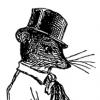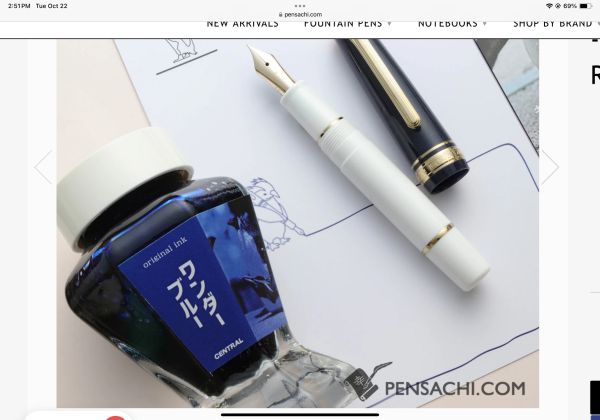Barrel Nibs (More Steel Pen Stuff)
-
Forum Statistics
354k
Total Topics4.6m
Total Posts -
Member Statistics
126,941
Total Members2,585
Most OnlineNewest Member
MaroldyTeami
Joined -
Images
-
Albums
-
USG 4
- By USG,
- 0
- 0
- 86
-
Penguins
- By Penguincollector,
- 22
-
One-Off Post Attachments 2
- By LizEF,
- 0
- 100
- 80
-
Ne
- By Penguincollector,
- 0
- 1
- 36
-
Extra Fine Nib Ink Reviews (18 of n)
- By LizEF,
- 0
- 88
- 87
-












.thumb.jpg.f07fa8de82f3c2bce9737ae64fbca314.jpg)



.thumb.jpg.331e554113c33fb39d5bf3233878978a.jpg)





Recommended Posts
Create an account or sign in to comment
You need to be a member in order to leave a comment
Create an account
Sign up for a new account in our community. It's easy!
Register a new accountSign in
Already have an account? Sign in here.
Sign In Now